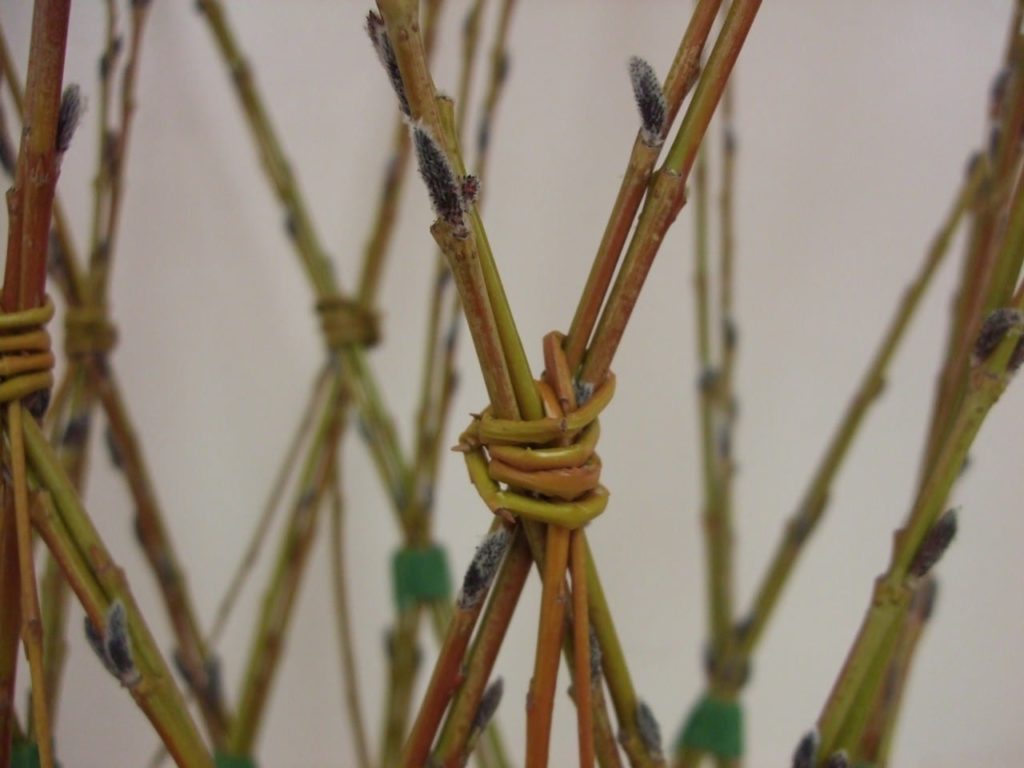If you’re looking for a free, fun activity to do with your children or grandchildren one weekend, check for a Seedy Saturday near you in our Events Calendar. This is prime Seedy Saturday season, and we’re still receiving notices of new ones. Many include activities for children and the events are a good way to connect with other gardeners. Of course, there are the tempting seed exchanges and seed vendors, too.
The focus of the first Seedy Saturday, held almost 30 years ago at VanDusen Botanical Garden in Vancouver, was to uncover heritage wheat varieties as well as educate home gardeners about how plants adapt to their environments. Since then, the concept has spread across Canada and the U.S., and evolved into more casual events in church basements or arenas sponsored by local gardening groups, featuring workshops, swaps, door prizes, music and more. They’re low-key and fun — no judged flower shows or design competitions — geared to all levels of gardening experience.
Getting creative with willow
Willows can be accommodating and useful plants. Not only do they grow in heavy soil and provide food for bees in early spring, many have interesting bark colour (red, gold, yellow) and branch shapes (twisted, curly). This is the time of year when certain willows are harvested for branches to be used to weave baskets, fences, hedges, screens or “live” willow structures. Or, what about a fedge, a.k.a. a living hedge?

If you’re looking for a supply of willow stems (called whips or rods) for a design project, check out Lakeshore Willows in Wainfleet, Ont., which ships across Canada. Lene Rasmussen also lists upcoming willow workshops on her website.
Another source for inspiration on using willow in creative ways can be found in a recent interview on Margaret Roach’s A Way to Garden with Michael Dodge of Vermont Willow Nursery.
Step away from your secatuers
If you need more convincing to leave your ornamental grasses standing and seed-laden perennial stems in situ until new growth appears, read “Cutting It Fine: Why Winter Stems Should be Left Until the Last Minute.” Once you do start cutting back, consider letting some pruned stems remain on the ground—they can provide important pollinator habitats in your garden.
How do you feel about pink slugs?
Slugs aren’t my favourite critters in the garden, although I do know they serve a greater purpose than shredding my hosta leaves by providing food for small mammals and birds. Would I be more welcoming if my slugs looked like the giant bright pink specimens found in an ancient volcano in Australia? (It’s doubtful.)
These rare slugs may have successfully saved themselves from the devastation suffered by so many other flora and fauna in Australia’s bushfires by hiding — a skill the slugs I know have certainly mastered. Still, the Mount Kaper slugs are threatened by feral pigs, other predators and a changing climate. Even a slug-averse gardener such as myself hopes these pink giants survive.









